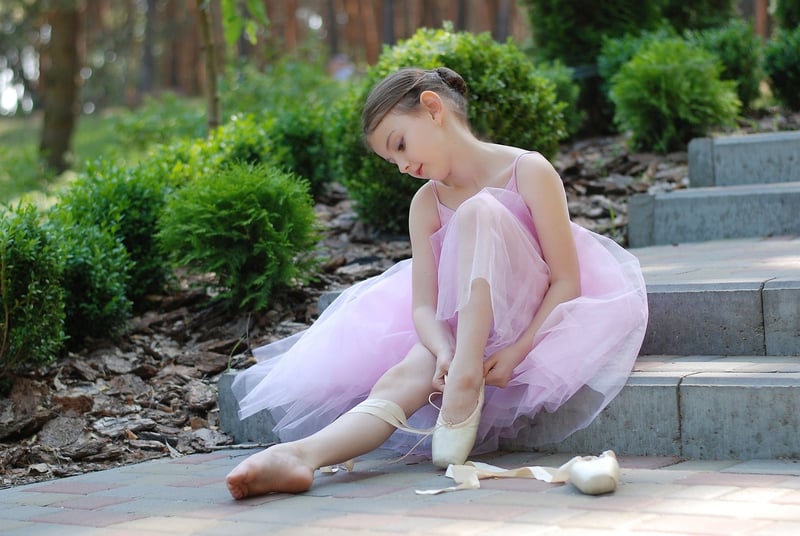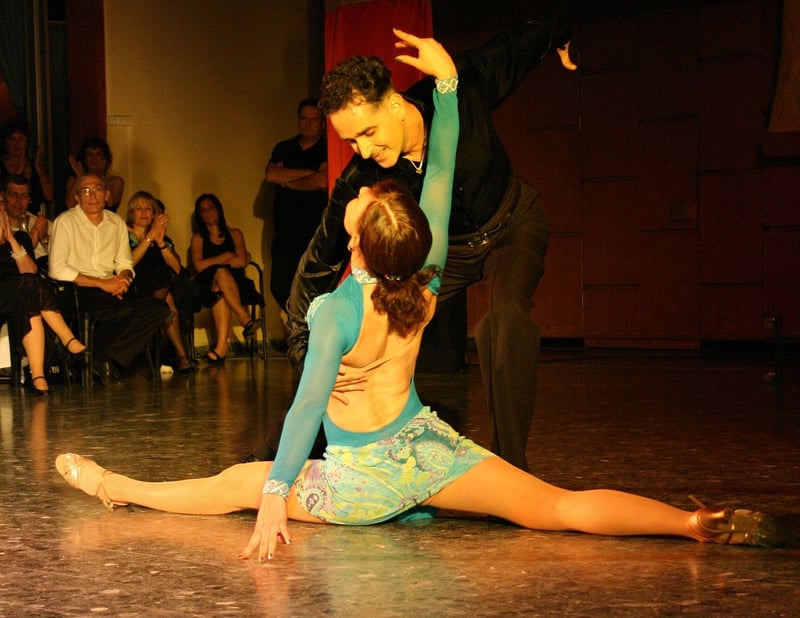Salsa
Expressive Movement Forms and Salsa Dancing
Expressive movement forms encompass a wide range of dance styles that prioritize individual expression, emotion, and creativity. One such dynamic and vibrant dance style that falls under this category is Salsa dancing. Originating in the Caribbean, Salsa has gained popularity worldwide for its energetic movements, rhythmic footwork, and passionate expression.
The Origins of Salsa
Salsa dancing has roots in the Afro-Cuban and Latin communities, drawing influences from various dance styles such as Son, Mambo, and Cha-Cha-Cha. The fusion of these different cultural elements gave birth to the lively and sensual dance form known as Salsa.
Key Elements of Salsa
Salsa is characterized by its syncopated timing, intricate partner work, and improvisational nature. The dance is typically performed to upbeat Latin music, with dancers moving in a circular pattern around the dance floor. Salsa dancers often engage in spins, dips, and intricate footwork, all while maintaining a strong connection with their dance partner.
Benefits of Salsa Dancing
Engaging in Salsa dancing offers a myriad of physical and mental benefits. It provides a great cardiovascular workout, improves coordination and balance, and boosts mood and self-confidence. Additionally, Salsa dancing is a social activity that allows individuals to connect with others and build strong relationships within the dance community.
Get Started with Salsa
If you're interested in learning Salsa, consider taking classes at a local dance studio or community center. Many places offer beginner Salsa courses that cater to individuals with no prior dance experience. Don't be afraid to step out of your comfort zone and embrace the joy of Salsa dancing!

Conclusion
Salsa dancing is not just a dance; it's a form of self-expression, a way to connect with others, and a celebration of culture and music. So, put on your dancing shoes, feel the rhythm of the music, and let the passion of Salsa ignite your soul!
